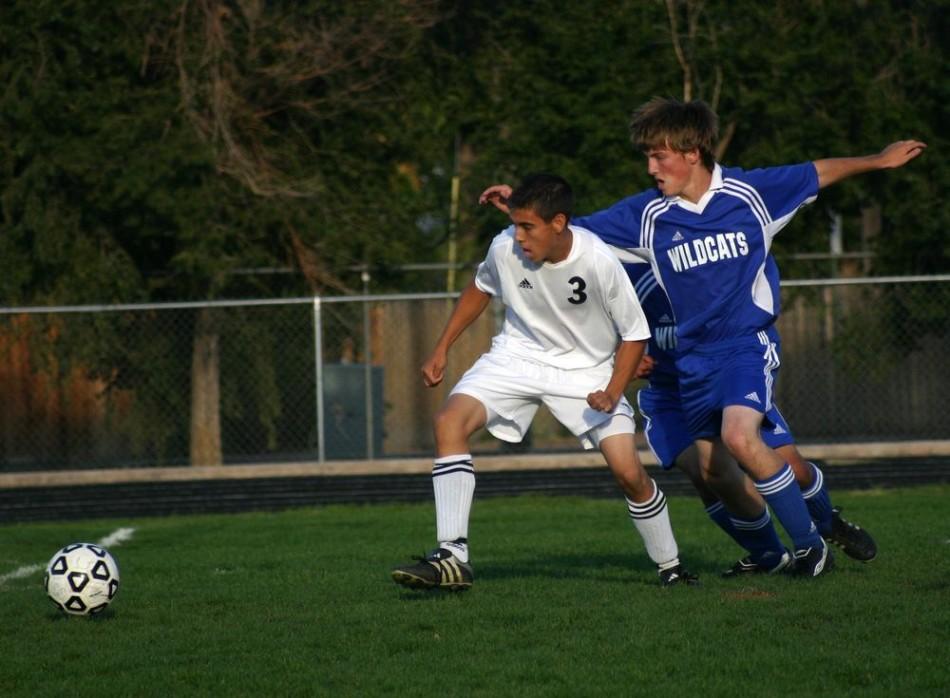Dayton’s State of the State Pushes Transit, Early Education
Dayton
March 10, 2016
Governor Mark Dayton’s State of the State address hit hard on his two main initiatives; public transit and state funded pre-kindergarten education.
The governor spoke on his desire to use the $1.2 billion dollar surplus that was present at the beginning of the new legislative session.
Due to instances of discrimination and hate crimes seen throughout Minnesota, decreasing racial disparities has become a top priority. In an attempt to “lead by example,” Dayton plans to doublethe amount of minority members hired in all state agencies and positions by the end of his term.
Governor Dayton spoke strongly on the need to fix the ‘inadequate and unsafe highways, roads, and bridges, and inadequate transit” over the next ten years. Saying that, “This is about construction projects, not campaign posters,” Dayton called on legislators to develop a plan and find real solutions to Minnesota’s current transportation shortcomings.
On the issue of decreasing water quality, Dayton talked on his bonding bill that proposes $220 million towards enhancing water quality. Dayton suggested that this issue has occurred due to industrial and agricultural production. He made it a point to say,“All Minnesotans should have the right to clean, safe water, for their drinking, bathing, and recreation.”
In terms of internet infrastructure in Minnesota, Dayton committed to making broadband accessible in all parts of the state. He has added funding for this goal into his supplemental budget so that businesses throughout the state can be improved by access to internet.
One of Dayton’s proudestaccomplishments, he later exclaimed, isstate run full day kindergarten in Minnesota. Dayton plans to continue focusing on K-12 education. Dayton described the wide diversity present in Minnesota through looking at the diversity in language.
“Well over 100 different languages and dialects are spoken throughout our state; over 50 in some single school buildings,” said Dayton. As a result, the governor plans to make education more accessible for these children that face barriers in Minnesota schools and close achievement gaps.
One of the most heavily criticized aspects of the Minnesota budget is the large surplus, however. With$600 million of the surplus automatically deposited into the budget reserve, thereserve now sits at $1.6 billion with an additional $900 million of surplus. Dayton remainsuninterested in giving this surplus back to the taxpayers.However, he did statethat his supplemental budget will include, “some more modest spending increases and middle-income tax cuts.”
With a Republican majority in the Minnesota House it remains to be seen how much of Dayton’s agenda will be accomplished.












